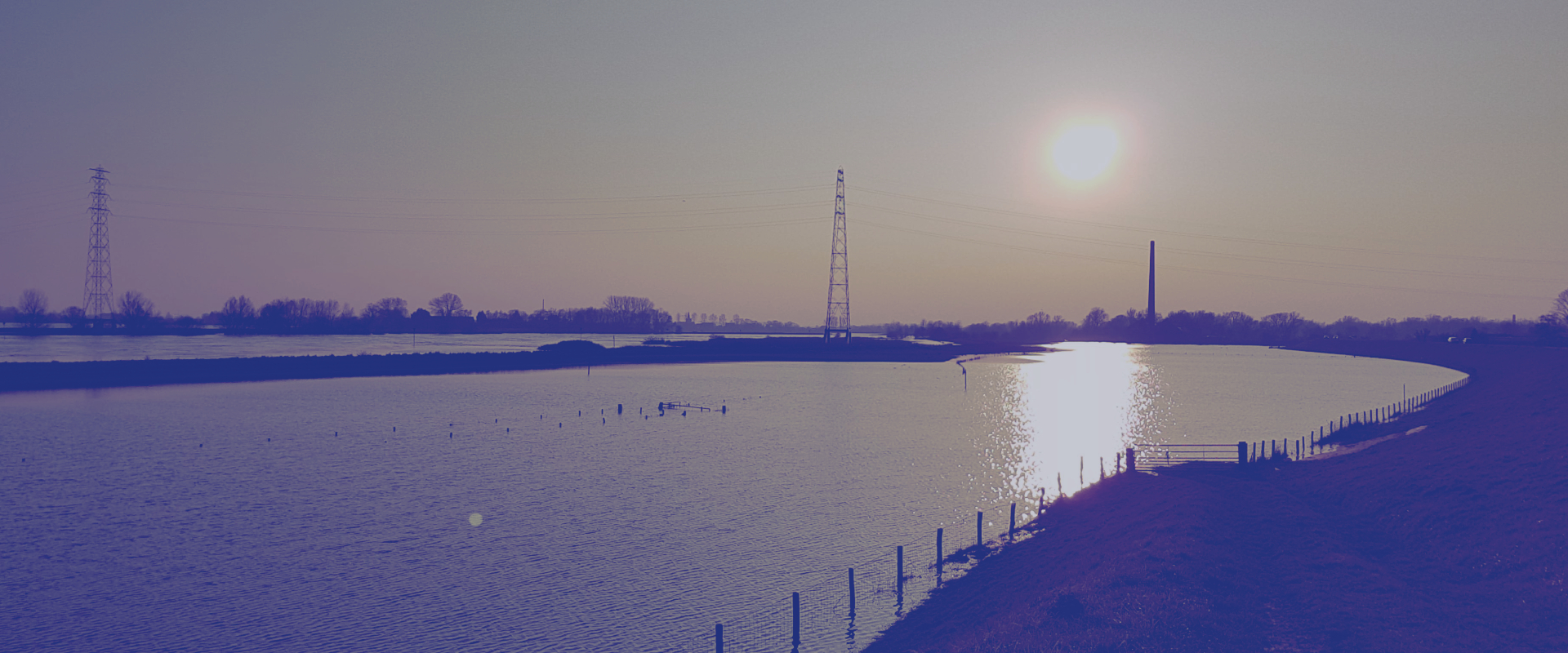Lithium in Rhine water demands attention
As there was not yet a scientifically substantiated target value for lithium in Rhine water, Rijkswaterstaat asked RIVM for an indicative value. A recent report tested the actual lithium values and showed that the indicative values were exceeded. Partly with a view to a possible increase of lithium values in the Rhine water, Rijkswaterstaat advises the Dutch drinking water companies to keep a sharp eye on lithium levels.
Lithium is a silver-white alkali metal used in batteries for consumer electronics and electric cars. It is also processed in the glass and ceramic industries. Furthermore, lithium is also used as a medicine to treat psychological complaints.
Risk of higher lithium concentrations
For the Rhine, several sources of lithium are known in the German basin. With the phasing out of lignite and anthracite mining, the amount of pumped-off groundwater containing lithium will also decrease, becoming more diluted with rainwater. On the other hand, there are plans to extract lithium in the southern Rhine valley of Germany as a by-product of geothermal energy production. As a result, the concentration of lithium in the Rhine is expected to rise again in future. Based on the measurement data in the Rhine, the (limited) toxicological information and the fact that lithium is poorly or not at all removed in conventional drinking water treatment, lithium deserves more attention from drinking water companies and (local) authorities. Permit authorities should take into account the drinking water function of the Rhine when imposing requirements on (industrial) discharges of lithium-containing wastewater or on other activities that may release lithium.




